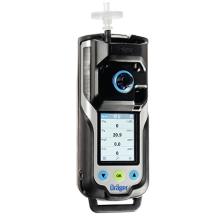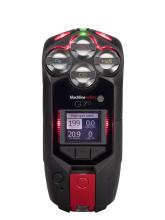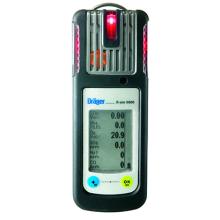Chlorine dioxide / ClO₂

Gas Identification
Chemical properties
Physical properties
Flammability limit
Threshold limit value
Chlorine dioxide : Description and use
Chlorine dioxide (or chlorine bioxide) is one of many known chlorine oxides. Chlorine dioxide is relatively stable in its gaseous and liquid forms, but it is quick to explode. In practice, it is never used in its pure state.
Chlorine dioxide is a reddish-yellow gas. It has a chlorinated odour reminiscent of that of nitric acid.
Flammability: This product is flammable under the following conditions:
- It can explode in air in concentrations of over 10%.
- It can cause or intensify a fire in the presence of combustible material.
Chlorine dioxide is often used as a bleaching agent in the pulp and paper industry, where, for ecological reasons, it is increasingly replacing chlorine. It is also used in several other applications, though its use is more limited here:
Chlorine dioxide : Warnings and caution
H270 - May cause or intensify fire; oxidiser.
H280 - Contains gas under pressure; may explode if heated.
H314 - Causes severe skin burns and eye damage.
H330 - Fatal if inhaled.
H400 - Very toxic to aquatic life.
EUH006 - Explosive with or without contact with air.
P260 - Do not breathe gas.
P271 - Use only outdoors or in a well-ventilated area.
P280 - Wear protective gloves/protective clothing/eye protection/face protection.
P284 - Wear respiratory protection.
P304+P340 - IF INHALED: Remove victim to fresh air and keep at rest in a position comfortable for breathing.
P403+P233 - Store in a well-ventilated place. Keep container tightly closed.
P220 - Keep/Store away from combustible materials.
P305+P351+P338 - IF IN EYES: Rinse cautiously with water for several minutes. Remove contact lenses, if present and easy to do. Continue rinsing.
P309+P311 - IF exposed or if you feel unwell: Call a POISON CENTRE or doctor/physician.
Chlorine dioxide : Related products
Portable Gas Detectors
Multi-Gas Area Monitors









